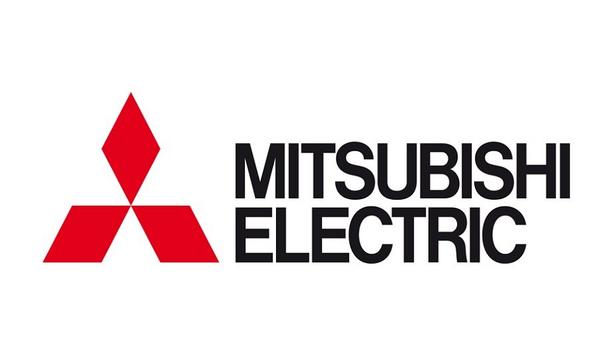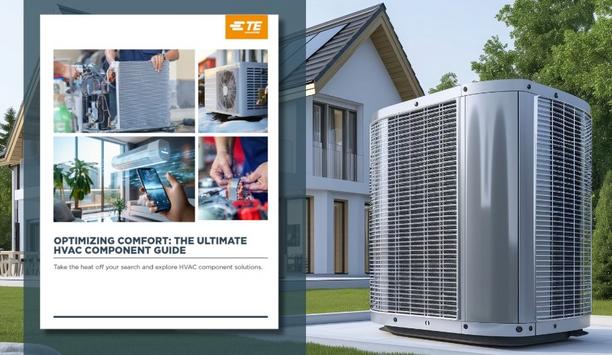The Environmental Protection Agency is proposing to keep in place the current nationwide air quality standards that limit emissions from power plants, vehicles and other industrial sources of smog.
“Based on a review of the scientific literature and recommendation from our independent science advisers, we are proposing to retain existing ozone standards, which will ensure the continued protection of both public health and the environment,” EPA Administrator Andrew Wheeler said July 13.
Ozone pollution
The agency last amended the National Ambient Air Quality Standards for ozone in 2015, setting 70 parts per billion (ppb) as the daily maximum eight-hour average of ozone concentrations.
Ozone pollution forms when emissions of nitrogen oxides and volatile organic compounds mix with sunlight and form smog. NRECA said it supports EPA’s decision based on the available science showing that human health and the environment are protected.
Nitrogen oxides emissions
“We also appreciate that EPA met its statutory obligation to complete the review of the standard within the five-year timeline set by Congress,” said Ted Cromwell, NRECA’s senior director of environmental issues. In its review, mandated by the Clean Air Act, the agency noted that from 2017 to 2019, ozone concentrations fell 4%.
EPA also found that between 1990 and 2019, the national average ozone concentrations dropped 25%. Nitrogen oxides emissions fell by 65%, and volatile organic compounds decreased by 47%. EPA attributed these continuing reductions in NOx and other smog emissions to Clean Air Act regulations and efforts by state, local and tribal governments.
The agency drafted its proposal after consulting its Clean Air Science Advisory Committee, an independent panel of experts, and is accepting public comment on the proposal.
















